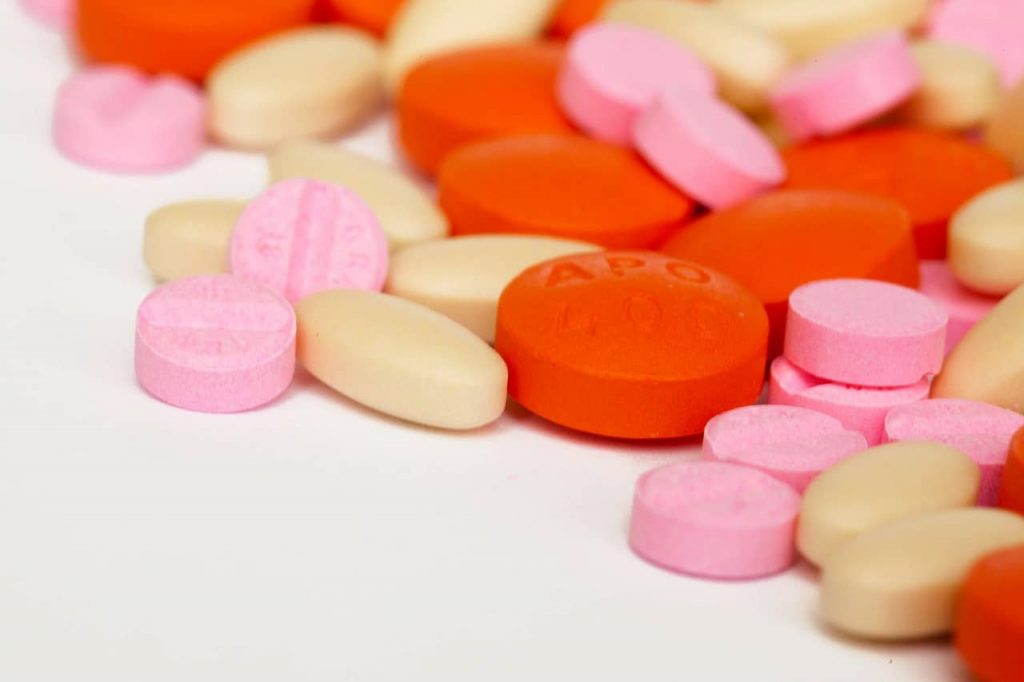Written by Jennifer Poo and Edited by Myra Ali

As of 2016, 9.4% of children ages two to seventeen have been diagnosed with Attention-Deficit/Hyperactivity Disorder (ADHD) [1]. In order to treat people with ADHD, drugs such as Adderall and Ritalin are typically prescribed. Since these medications help people with ADHD focus, many people believe that these drugs can also help people without ADHD when it comes to focusing. An estimated 25% of college students use prescription stimulants for non-medical purposes [2]. In reality, these drugs do not work the way many people believe them to. However, to understand how stimulant drugs help people with ADHD, it is important to first understand how ADHD itself affects the brain.
The symptoms of ADHD vary from person to person, but many symptoms fall under the category of “executive functions”, which are mental functions that help people perform tasks such as focusing, remembering details, and controlling impulses [3]. One way that researchers understand the brain chemistry of patients with ADHD is through using the “Low Arousal Theory” [4]. People with ADHD have chronically underaroused brains, meaning that they have relatively low brain activity. An underaroused brain may signify that neurons (brain cells) are not firing normally in certain regions of the brain or that neurotransmitters, which are chemicals that act as signals between neurons, are not passing between neurons properly. Thus, according to this theory, the ADHD brain requires more stimulation to jumpstart normal neural activity, which translates to inattentiveness or hyperactivity.
For ADHD patients, the specific neurotransmitter in question is dopamine [4]. Dopamine is a neurotransmitter involved in reward pathways; more dopamine means a greater feeling of pleasure. Researchers measure dopamine levels in two ways: phasic dopamine levels and tonic dopamine levels. Phasic dopamine refers to the amount of dopamine released by neurons based on external stimuli. Tonic dopamine refers to the amount of dopamine already present in the space between two neurons, called the synapse. The tonic dopamine level directly affects the amount of phasic dopamine required to trigger a response. Higher amounts of dopamine present in the synapses (tonic) means the neurons do not have to release as much phasic dopamine when they receive a stimulus. ADHD patients seem to have less tonic dopamine available in the synapse, which means the phasic response must be larger. As a result, the brain of an ADHD patient requires much more stimuli to have the same dopamine levels as a normal person [4].
Drugs such as Adderall and Ritalin that treat ADHD are called stimulants. Both of these medications increase tonic dopamine in ADHD patients’ brains such that they resemble the brains of normal patients, although they do so in slightly different ways [5]. Methylphenidates such as Ritalin inhibit the reuptake of dopamine, which means that once dopamine is sent out into the synapse, Ritalin prevents the dopamine from returning to the inside of the neuron [6]. In contrast, amphetamines such as Adderall do the opposite; instead of preventing reuptake of dopamine, Adderall stimulates neurons to release even more dopamine into the synapse [7].
Students who are not diagnosed with ADHD but take these stimulants typically claim that these drugs help them focus or stay awake [8]. However, healthy individuals taking these drugs may experience a multitude of side effects. A review of publications from 2012 regarding Adderall misuse found only a few studies showing improved performance in healthy people, but the “improved performances” were typically simple memory tasks where the improvement was marginal [9]. Other cases covered in the review only found improvements when a subject expected the drug to improve mental performance, suggesting the influence of the placebo effect.
While research of stimulants on individuals without ADHD are not conclusive, evidence showing positive effects from stimulant usage are limited. Simulants work for patients with ADHD because it alters their brain chemistry to counteract an imbalance that already existed in their physiology. People who do not have ADHD could be putting themselves at risk of damaging side effects all for a feeling they could very likely experience from a simple placebo.
References:
1. Attention-Deficit/Hyperactivity Disorder (ADHD): Data and statistics. (2018, March 20). Retrieved from Center for Disease Control and Prevention website
2. Aberg, S. E. (n.d.). “Study drug” abuse by college students: What you need to know.
3. Mayer, K., Wyckoff, S. N., & Strehl, U. (2016). Underarousal in adult ADHD: How are peripheral and cortical arousal related? Sage Journals, 47, 171-179.
4. Volkow ND, Wang G, Kollins SH, et al. Evaluating Dopamine Reward Pathway in ADHD Clinical Implications. JAMA. 2009;302:1084–1091.
5. Sikstrom, S., & Soderlund, G. (2007). Stimulus-dependent dopamine release in Attention-Deficit/Hyperactivity Disorder. Psychological Review, 114, 1047-1075.
6. Methylphenidate. (2005, June 13). In Drugbank. Retrieved from https://www.drugbank.ca/drugs/DB00422
7. Amphetamine. (2005, June 13). In Drugbank. Retrieved from https://www.drugbank.ca/drugs/DB00422
8. DeSantis, A. D., Webb, E. M., & Noar, S. M. (2008). Illicit use of prescription ADHD medications on a college campus: A multimethodological approach. Journal of American College Health, 57.
9. Lakhan, S. E., & Kirchgessner, A. (2012). Prescription stimulants in individuals with and without attention deficit hyperactivity disorder: Misuse, cognitive impact, and adverse effects. Brain and Behavior, 2, 661-677.